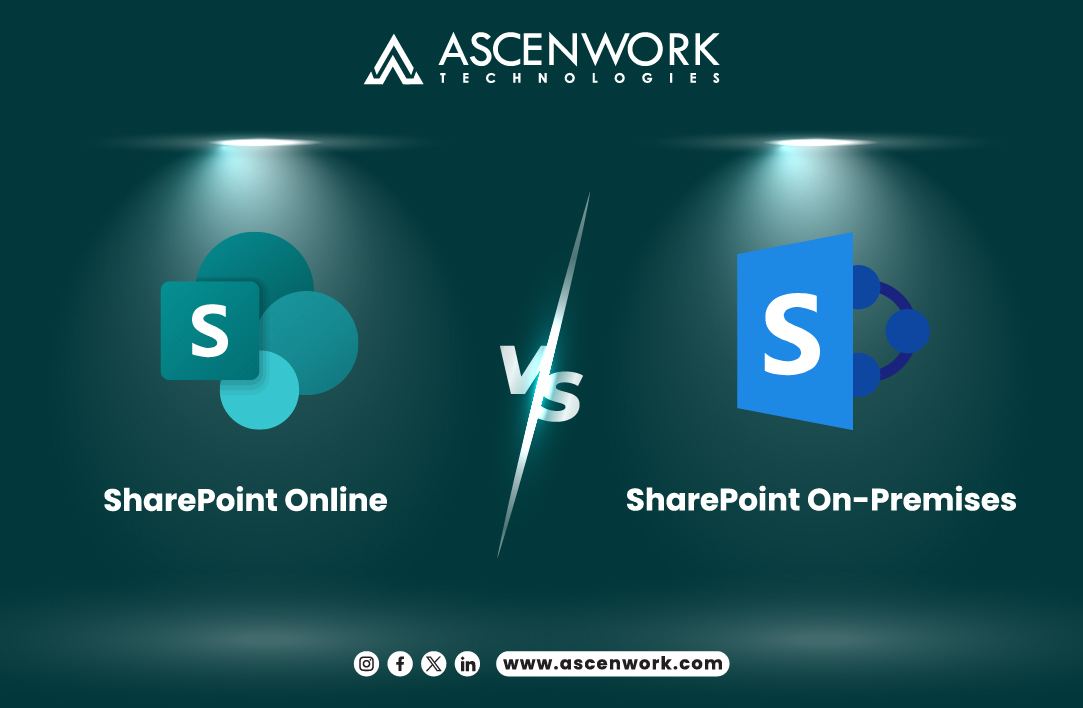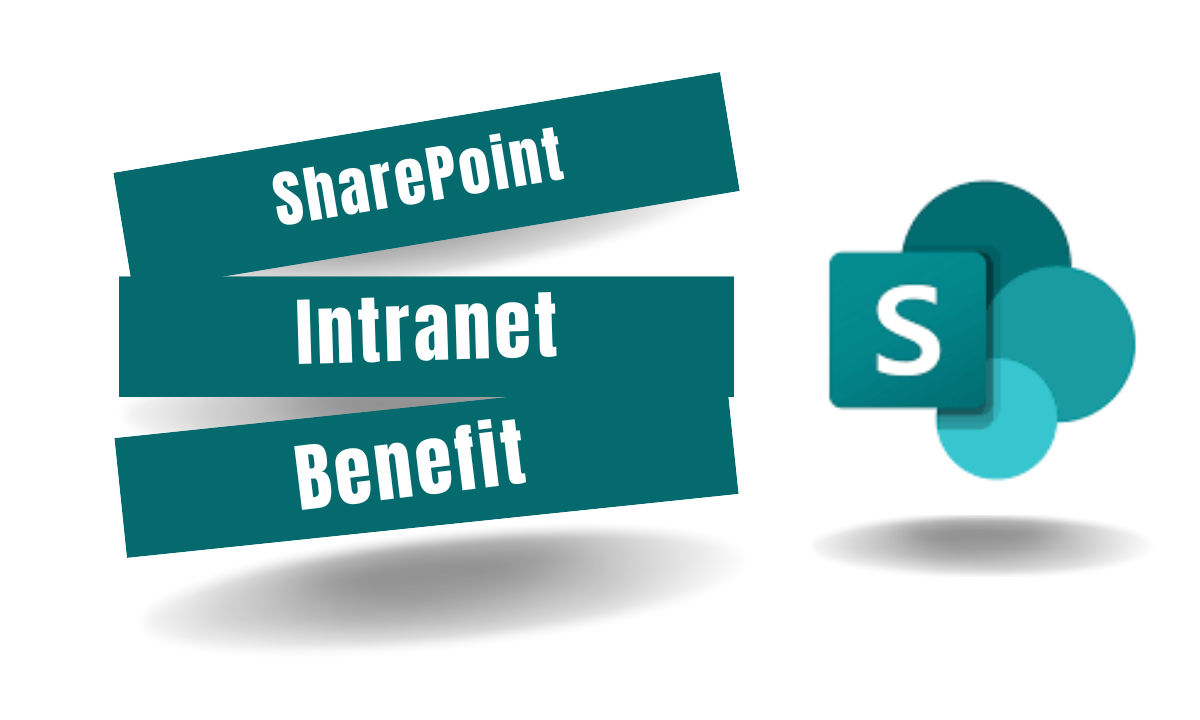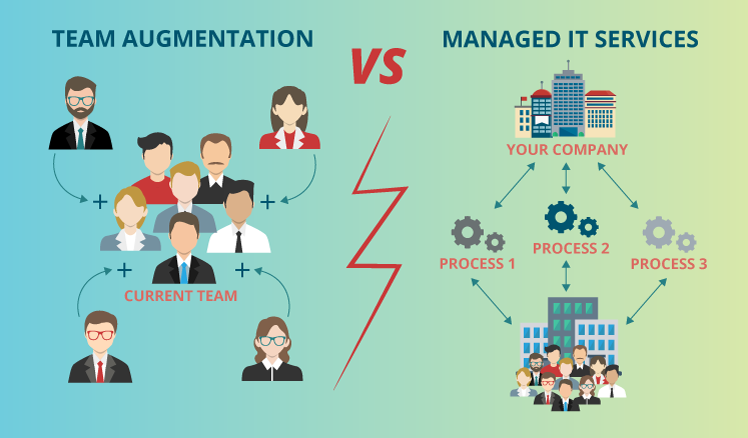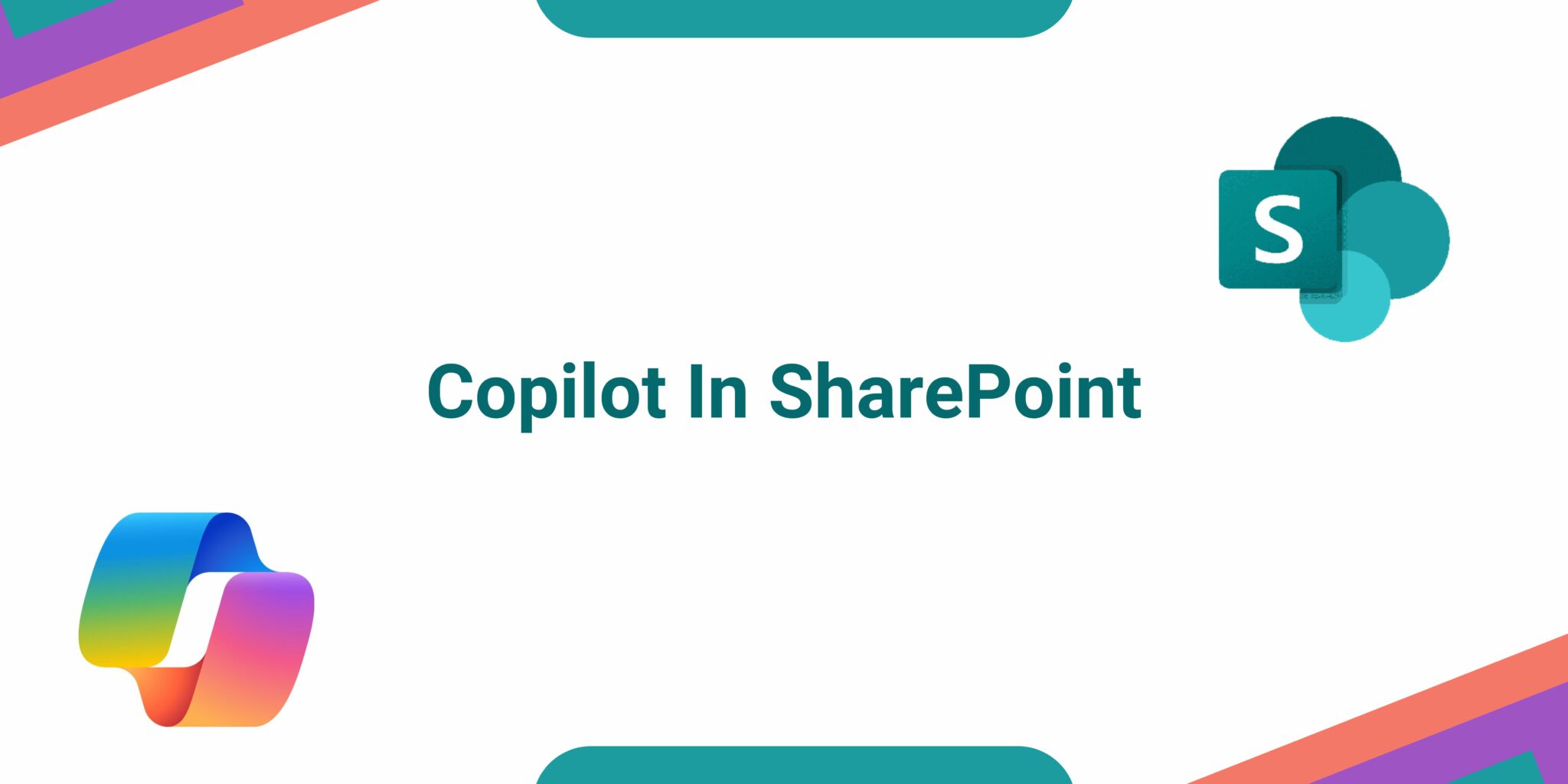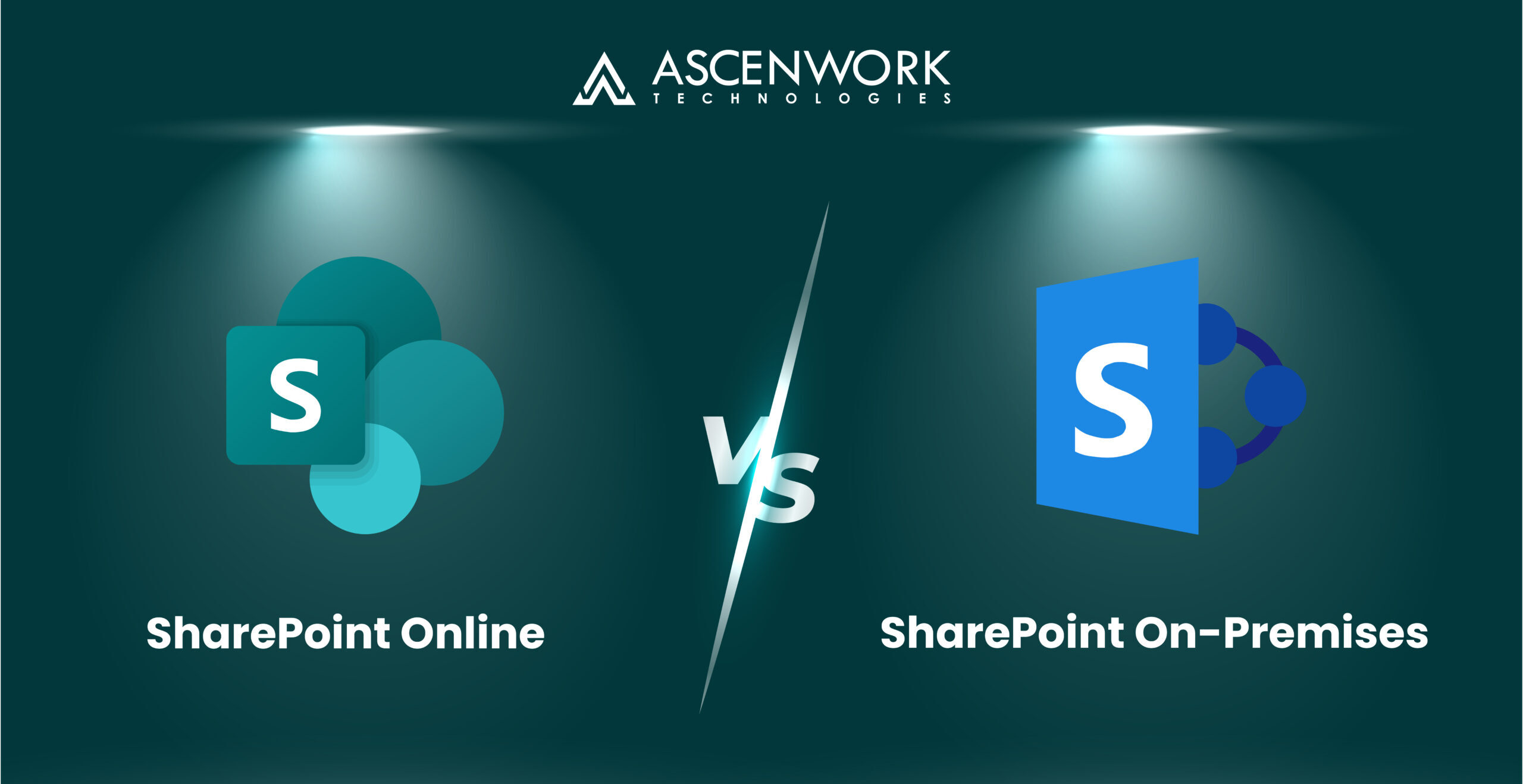
When comparing SharePoint on-premises with SharePoint Online, it’s crucial to grasp the key differences. On-premises deployments involve hosting servers locally, granting full control over customization and security. Conversely, SharePoint Online operates in the cloud, offering scalability and accessibility without hardware maintenance. Transitioning from on-premises to online necessitates careful planning and data migration strategies. However, online versions provide automatic updates and seamless collaboration, enhancing productivity. Understanding the nuances between the two platforms facilitates informed decision-making for businesses. Ultimately, whether opting for on-premises or online, aligning SharePoint with organizational goals ensures efficient document management and collaboration workflows.
Difference between SharePoint Online vs SharePoint On-Premises
SharePoint Online and SharePoint On-Premises (also known as SharePoint Server) offer similar functionalities but differ in various aspects due to their deployment models. Here’s an overview highlighting some key differences:
Benefits of SharePoint Online Vs. On-Premises
Comparing the Benefits of SharePoint Online Vs. On-Premises illuminates distinct advantages for diverse organizational needs. SharePoint Online, residing in the cloud, offers unparalleled scalability, enabling seamless expansion without the constraints of physical infrastructure. Automatic updates in SharePoint Online ensure that organizations access the latest features and security enhancements effortlessly. Moreover, the cloud-based model facilitates ubiquitous access, fostering collaboration among geographically dispersed teams. Conversely, SharePoint On-Premises grants organizations full control over data storage and security protocols, ideal for industries with stringent compliance requirements. It provides a customizable environment tailored to specific organizational needs. However, it requires upfront hardware investments and ongoing maintenance efforts. Evaluating factors like scalability, security, and cost-effectiveness aids in selecting the optimal deployment model aligned with organizational objectives, ensuring streamlined document management and collaboration workflows.
When to Use SharePoint Online?
Determining When to Use SharePoint Online hinges on several key considerations tailored to organizational requirements. Firstly, SharePoint Online excels in scenarios where scalability and flexibility are paramount. It seamlessly accommodates growing teams and evolving business needs without the burden of maintaining physical servers. Additionally, organizations seeking to foster seamless collaboration among remote or dispersed teams find SharePoint Online invaluable due to its cloud-based accessibility and real-time document collaboration features. Furthermore, for businesses prioritizing cost-effectiveness and eliminating upfront infrastructure investments, SharePoint Online presents an attractive option with its subscription-based pricing model. Lastly, organizations desiring rapid deployment and hassle-free updates benefit from SharePoint Online’s automatic updates and simplified maintenance. By evaluating these factors, organizations can discern when SharePoint Online aligns with their operational objectives, facilitating efficient document management and collaboration workflows.
When to Use SharePoint On-premises?
Understanding When to Use SharePoint On-premises is crucial for organizations navigating their collaboration and document management strategies. Firstly, SharePoint On-premises is ideal for industries with stringent regulatory requirements, granting full control over data storage and security protocols. Organizations handling sensitive information or operating within highly regulated sectors benefit from the enhanced security and compliance capabilities offered by an on-premises deployment. Additionally, businesses requiring extensive customization and integration with existing on-premises systems find SharePoint On-premises advantageous. Moreover, organizations with limited or unreliable internet connectivity may find on-premises deployments more reliable and accessible. Finally, for organizations preferring complete autonomy over hardware resources and infrastructure, SharePoint On-premises offers the control and flexibility needed to tailor the environment to specific operational needs. By considering these factors, organizations can determine when SharePoint On-premises aligns with their unique requirements, facilitating efficient collaboration and document management workflows.
Features and Functionalities
Exploring the Features and Functionalities of SharePoint Online and SharePoint On-Premises offers insights into their respective capabilities. SharePoint Online, residing in the cloud, boasts seamless collaboration tools, ensuring anytime, anywhere access. In contrast, SharePoint On-Premises provides full control over infrastructure and customization, ideal for organizations with stringent security requirements. Both versions offer document management, workflow automation, and integration with Office 365 applications. SharePoint Online prioritizes scalability and automatic updates, whereas On-Premises demands hardware maintenance and software upgrades. Understanding these distinctions aids in choosing the most suitable platform for organizational needs, balancing flexibility, security, and accessibility in document management and collaboration.
SharePoint Online vs On Premise: Which One to Choose?
When deliberating between SharePoint Online vs On-Premises: Which One to Choose? It’s pivotal to weigh various factors. SharePoint Online, residing in the cloud, offers scalability, automatic updates, and simplified collaboration, ideal for remote teams. In contrast, SharePoint On-Premises grants complete control over infrastructure and customization, ensuring compliance with stringent security protocols. Considerations such as budget, IT resources, and organizational requirements play pivotal roles in decision-making. SharePoint Online requires no upfront hardware costs and facilitates seamless integration with Office 365 tools. However, On-Premises demands initial investment in hardware and software licenses but provides autonomy over data storage and security. Evaluating long-term goals and operational needs guides the selection process, ensuring alignment with the organization’s strategic objectives in leveraging SharePoint for efficient document management and collaboration workflows.
Conclusion
Choosing between SharePoint Online and SharePoint On-Premises depends on various factors such as budget, customization needs, compliance requirements, and scalability. Assessing these factors carefully will help organizations make the right decision.
Yes, migration tools and services are available to facilitate the transition from On-Premises to Online. It involves planning, data migration, and testing to ensure a smooth transition.
While SharePoint Online offers many similar features, some functionalities may differ or require alternative approaches due to the cloud-based nature of the platform.
Deployment in SharePoint Online involves the process of setting up, configuring, and managing SharePoint sites, lists, libraries, and other components within the cloud-based SharePoint environment provided by Microsoft.
Deployment On-Premise in SharePoint refers to the installation, configuration, and management of SharePoint servers within an organization’s own physical infrastructure, such as its data center or server room.
SharePoint Online is a cloud-based platform that offers document storage, collaboration tools, and content management accessible from anywhere with an internet connection. On the other hand, an on-premise file server is a physical server within an organization’s network used for storing files and data, typically accessible only within the organization’s premises or via VPN.
Office 365 Online is a subscription-based service provided by Microsoft that offers access to various productivity tools like Word, Excel, Outlook, and others through the internet. Data and files are stored in the cloud. On-premise Office installations, however, are locally installed on servers or computers within an organization’s infrastructure, and data is stored locally rather than in the cloud.
